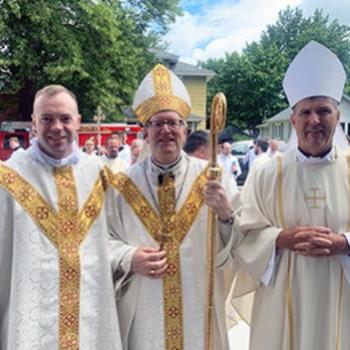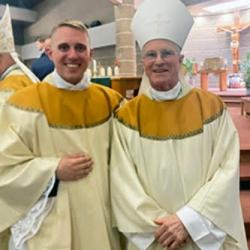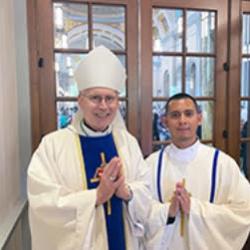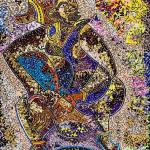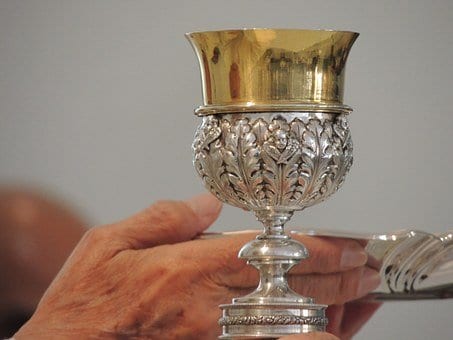
Baltimore, MD, June 5, 2024 — A new study from Vinea Research indicates that 69% of Mass-going Catholics believe in the real presence of Jesus in the Eucharist, which calls into question the accuracy of results from the survey wording choices used in a previous 2019 study from the Pew Research Center, which were not consistent with Catholic teaching. The Pew study claimed only one-third (34%) of Mass-going Catholics in the United States believed in the true presence of Christ in the Eucharist. Vinea Research, a strategic market research company focused on Catholic topics, conducted their own study in late 2022, using survey language that they believe more accurately represents how Catholics understand the Eucharist.
Published in 2019 with an explosive headline “Just one-third of U.S. Catholics agree with their church that Eucharist is body, blood of Christ,” this Pew study surprised Catholic leaders and led to the launch of the National Eucharistic Revival in 2022. However, using language more commonly understood by Catholics, Vinea’s research indicates that many more Catholics than originally thought have an authentic understanding of the core Catholic teaching of the Real Presence of Christ in the Eucharist. According to the founder of Vinea Research, Hans Plate, this is a beacon of hope for the American Catholic Church and an affirmation of the incredible response to the National Eucharistic Revival.
“This is an incredible finding, especially in the year of the National Eucharistic Revival. Since the Pew Study was published in 2019, the Church has wondered why so few of its flock believe in the True Presence,” Plate said. “Our research indicates what is shown practically through the outpouring of response to the National Eucharistic Revival – that in fact the majority of Catholics do believe that Jesus Christ is truly present in the Eucharist.”
Although Vinea Research recognizes the reputation of Pew, Plate says the phrasing used to draw the conclusion that only one-third of US Catholics believe in the Eucharist was inaccurate and incompatible with how the Catholic Church expresses the truth of transubstantiation. Pew’s wording of the research question gave two response options: 1.) believe the bread and wine are symbols, and 2.) the bread and wine actually become the body and blood of Jesus.
“The use of ‘actually become’ would have been foreign to Catholics and, very likely, confusing. In fact, neither of the two options presented are accurate,” Plate said. “We wanted to test again using wording more familiar to Catholics to see if the results remained consistent with the conclusions drawn by Pew.”
Vinea Research conducted a study surrounding this question using language they believe is more representative of the Catholic Church. The question used in their study gave the response option of “Jesus Christ is truly present in the bread and wine of the Eucharist.” Using this phrasing, 69% of respondents affirmed that they agreed with this statement.
“We cannot directly compare the results of the two studies on a research level as sampling methodologies differ,” Plate said. “But I think it is very fair to draw the conclusion that Pew greatly underestimated the number of Catholics who actually believe in the True Presence.” He added, “This also demonstrates that perhaps questions of what Catholics believe and how they behave are better asked by those who know the Catholic faith well enough to accurately ask and interpret the results.”
These new findings come during the newly launched Eucharistic Pilgrimage, now underway around the United States, and just six weeks before the National Eucharistic Congress to be held in Indianapolis, IN. “Undoubtedly, this is a time of Eucharistic renewal in the United States and a place from which we can continue to build a Eucharistic foundation throughout the whole Church.”









